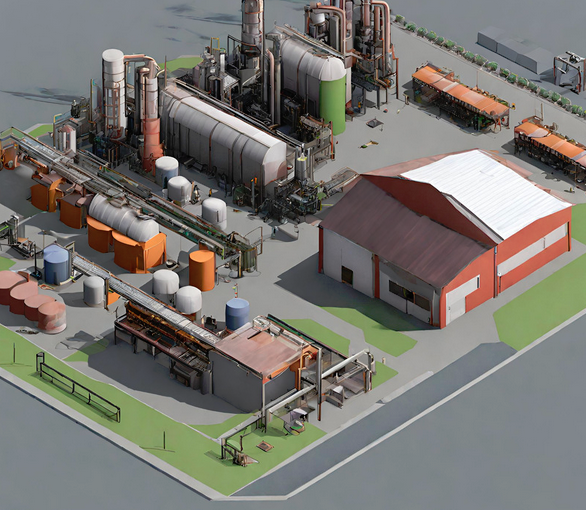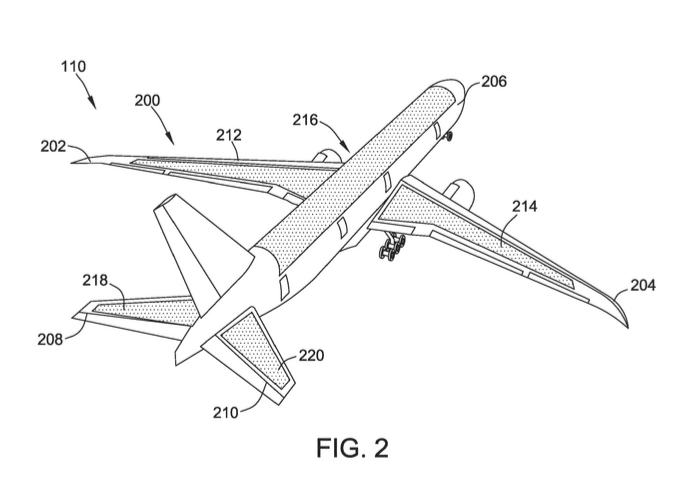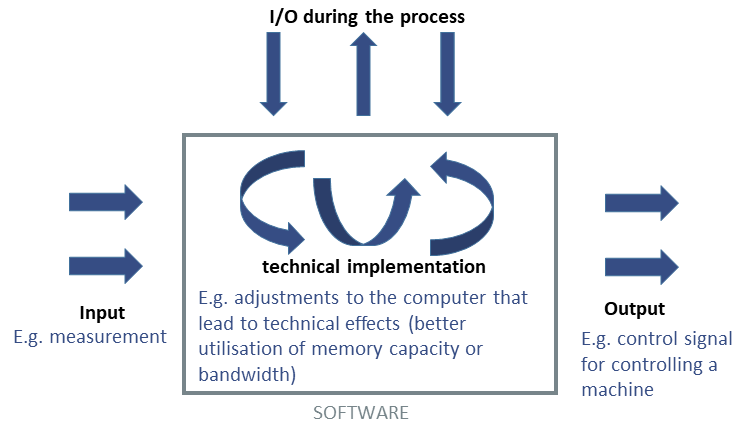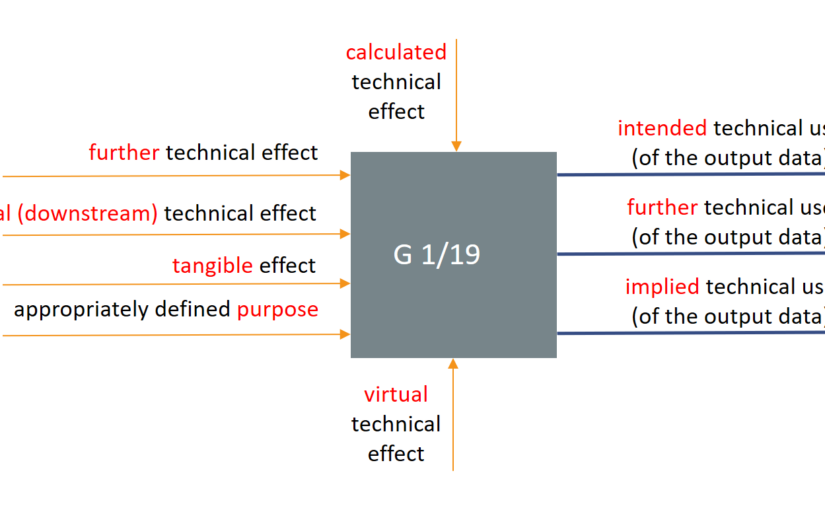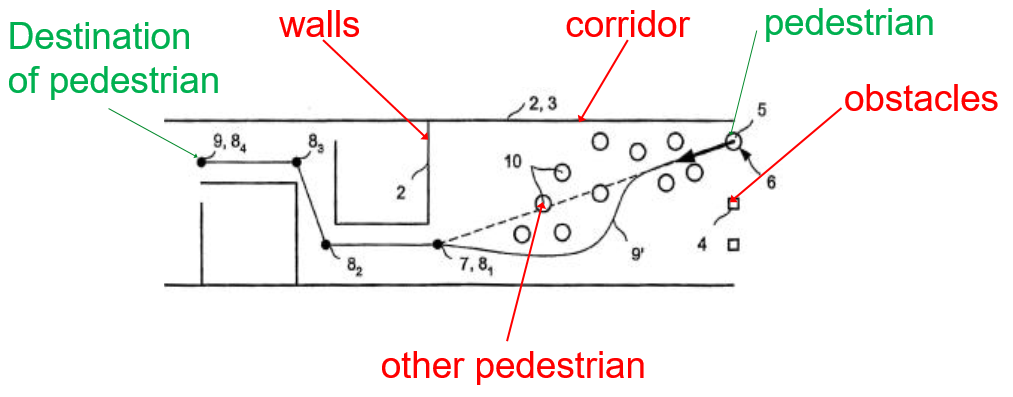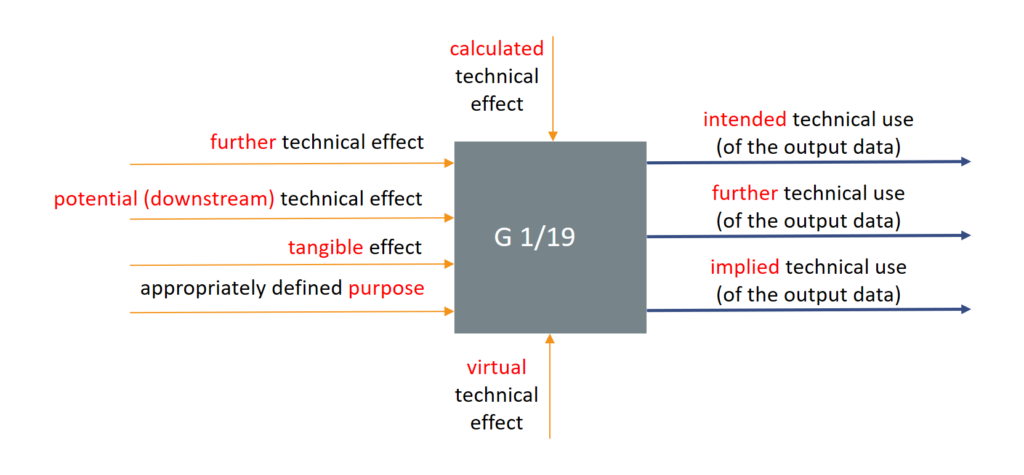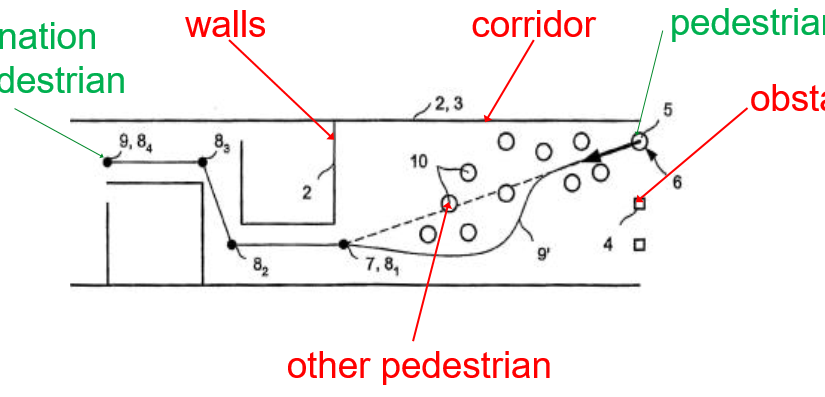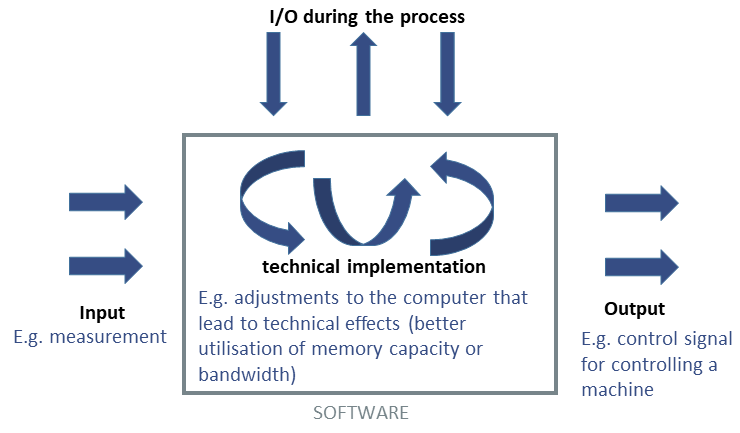This EPO’s Board of Appeal decision relates to a simulator for a facility in a plant. The simulator adjusts a simulation model based on actual data from the plant. All features were taken into account by the Board in assessing inventive step, but the objective technical problem (as formulated by the Board) was simply to find an alternative simulation algorithm.
Object of the Invention
- plant simulation device and method for simulating a facility in the plant
- claim 1 differs from the closest prior art (CPA) in that a first parameter is adjusted at the start of a operation of the plant and a second parameter is varied during operation, while the first parameter is kept constant at this stage
Appellant (part I)
- enhance the model used for providing diagnostic results via the simulator thanks to successive adjustments of the first parameter and the second parameter, resulting in better process diagnosis for estimating possible deterioration
- objective technical problem: how to improve the modelling accuracy of a simulator
Board (part I)
- establishing a model is a purely mental act (see e.g. G 1/19, Reasons 106)
- consequently, improving such a model, e.g. in terms of accuracy, also represents a purely mental act and thus corresponds to a non-technical problem
- claim 1 does not specify any of the parameters that are adjusted, nor the type of plant that is controlled or the relationship between the first and the second parameter
- reduction of arbitrarily chosen parameters also does not necessarily improve “modelling accuracy” because models with arbitrary parameters may never converge irrespective of the number of fixed or adjusted parameters
- the distinguishing features cannot credibly relate to increasing the accuracy of the simulation process used for controlling
- objective technical problem has to be derived from technical effects that are based on objectively established facts and are directly and causally related to the technical features of the claimed invention (see e.g. T 583/93, Reasons 7.5 and T 1341/16, Reasons 2.1.7)
- objective technical problem: how to provide a plant simulation device having an alternative simulation algorithm compared to that of closest prior art
Appellant (part II)
- even if the objective technical problem was formulated in such a less ambitious manner, the skilled person would not have arrived at the claimed subject-matter when starting from CPA
- CPA did not present any hints towards fixing some parameters and adjusting others successively
- the invention implied a change of perspective compared to CPA which adjusted all parameters simultaneously
Board (part II)
- adjusting the parameters successively is a usual approach that is ubiquitously used in manual tuning of control systems
- adjusting a first parameter at the start of the operation of the plant and varying the second parameter during operation is a mere straightforward choice which the skilled person would have selected depending on the circumstances
- —> not inventive

